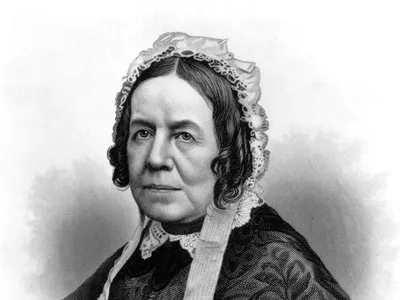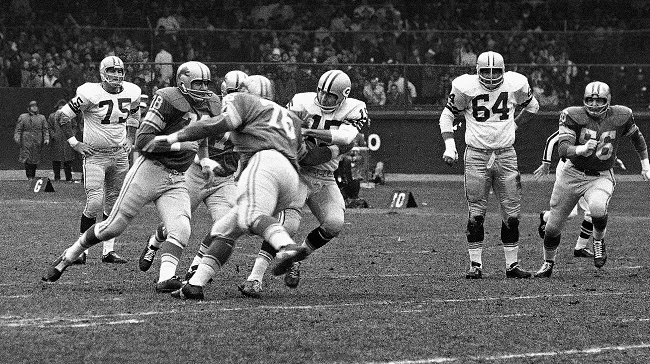
Thanksgiving, a cherished American holiday, is more than just a day for indulging in a feast of turkey and pumpkin pie. Its roots delve deep into the annals of history, tracing a 400-year journey filled with hardship, resilience, gratitude, and unity. This article takes you on a captivating exploration of the history of Thanksgiving, from its humble beginnings to the cherished national celebration it is today.
History of Thanksgiving: The Pilgrims’ Perilous Journey

The story begins in 1620 when a group of English Pilgrims seeking religious freedom set sail on the Mayflower. Facing treacherous seas and a grueling journey, they landed in what is now Plymouth, Massachusetts. Arriving in the harsh winter of 1620, the Pilgrims faced immense challenges as they struggled to establish a settlement in an unfamiliar and unforgiving land.
History of Thanksgiving: The First Thanksgiving

The harsh conditions took a toll on the Pilgrims, and nearly half of them perished due to disease, exposure, and malnutrition. However, the Wampanoag Native Americans, led by Chief Massasoit, came to their aid, teaching them crucial survival skills and forming a lasting alliance.
In the autumn of 1621, after a successful harvest, the Pilgrims and the Wampanoag came together for a three-day feast to express their gratitude. This event is often considered the first Thanksgiving, marking a moment of unity between the European settlers and the indigenous people.
Read: How Halloween became a gay festival
History of Thanksgiving: Thanksgiving Becomes a Tradition
While the Pilgrims’ celebration was a heartfelt expression of gratitude, Thanksgiving did not become an annual tradition immediately. It wasn’t until the 19th century that Sarah Josepha Hale, an influential editor and writer, advocated for a national day of Thanksgiving.

Hale’s efforts came to fruition in 1863 when President Abraham Lincoln proclaimed Thanksgiving a national holiday, setting the stage for its future celebration.

History of Thanksgiving: Thanksgiving in the 20th Century
As the nation grew and evolved, so did the celebration of Thanksgiving. In the early 20th century, the Macy’s Thanksgiving Day Parade became a beloved tradition, captivating millions with its giant balloons, marching bands, and festive floats. The parade transformed Thanksgiving into a public spectacle, blending tradition with modern entertainment.

Thanksgiving also became synonymous with football, as the National Football League (NFL) began hosting Thanksgiving Day games in the 1920s. Families gathered around the television, creating lasting memories while enjoying both the game and the Thanksgiving feast.
History of Thanksgiving: A Time of Reflection and Unity
Throughout the years, Thanksgiving has weathered challenges and changes, yet its essence remains a time of reflection and unity. It serves as an opportunity for individuals and families to come together, express gratitude for their blessings, and appreciate the company of loved ones.
History of Thanksgiving: Contemporary Thanksgiving Traditions
In modern times, Thanksgiving has evolved to accommodate diverse traditions and preferences. While the classic Thanksgiving meal of turkey, stuffing, and cranberry sauce remains a staple, some families incorporate cultural dishes that reflect their heritage. Vegetarian and vegan options have also become more prevalent, catering to the diverse dietary preferences of today’s society.


Volunteerism and giving back to the community have become integral to Thanksgiving celebrations. Many individuals and families take the opportunity to contribute to local food drives, serve meals at shelters, or engage in other charitable activities, emphasizing the spirit of gratitude and generosity.
History of Thanksgiving: Challenges and Controversies
Despite its positive aspects, Thanksgiving is not without its controversies. The historical context of European colonization and its impact on indigenous communities raises important questions about the narrative surrounding the holiday. Some argue for a more nuanced perspective that acknowledges the darker chapters of history while still celebrating the spirit of gratitude and unity.
History of Thanksgiving Summary
The history of Thanksgiving is a rich tapestry woven with threads of resilience, cooperation, and gratitude. From the Pilgrims’ perilous journey to the modern-day celebrations, Thanksgiving has evolved into a cherished national holiday. As we gather with friends and family to partake in the festivities, let us reflect on the historical journey that brought us to this moment and strive to make Thanksgiving a time of unity, appreciation, and understanding.
FAQ on Thanksgiving
- What is Thanksgiving, and when is it celebrated?
- Thanksgiving is a national holiday celebrated in the United States on the fourth Thursday of November. It originated as a day of giving thanks for the blessings of the harvest and the preceding year.
- Why do we celebrate Thanksgiving?
- Thanksgiving is a time to express gratitude for the good things in life, including the harvest, family, and friendships. It has historical roots dating back to the early 17th century when Pilgrims and Native Americans came together for a feast.
- What is the traditional Thanksgiving meal?
- The classic Thanksgiving meal typically includes roast turkey, stuffing, mashed potatoes, gravy, cranberry sauce, and pumpkin pie. However, variations exist, and many families incorporate their own cultural or regional dishes into the feast.
- Are there alternatives for a vegetarian or vegan Thanksgiving?
- Absolutely! Many delicious vegetarian and vegan Thanksgiving recipes are available, such as stuffed acorn squash, lentil loaf, and plant-based desserts. These alternatives provide options for those with dietary preferences or restrictions.
- How can I give back during Thanksgiving?
- Thanksgiving is an excellent time to engage in charitable activities. Consider volunteering at a local soup kitchen, donating to food drives, or contributing to community initiatives. Giving back is a meaningful way to share the spirit of Thanksgiving.
- What are some Thanksgiving traditions?
- Traditions vary, but common ones include sharing a meal with family and friends, watching the Macy’s Thanksgiving Day Parade, playing or watching football, and expressing gratitude by taking turns sharing what each person is thankful for.
- Can Thanksgiving be celebrated in countries other than the United States?
- While Thanksgiving is a U.S. holiday, similar celebrations and expressions of gratitude exist in other cultures. Canada, for example, celebrates Thanksgiving on the second Monday of October. People in various countries may also adopt the spirit of giving thanks in their unique ways.
- How do I handle Thanksgiving conversations around sensitive topics?
- Thanksgiving gatherings can bring diverse perspectives to the table. Approach conversations with empathy, actively listen and be open to understanding different points of view. If necessary, steer conversations towards neutral topics that everyone can enjoy.
- What’s the significance of the Thanksgiving turkey pardon?
- The turkey pardon is a light-hearted tradition where the President of the United States “pardons” a turkey, sparing it from being part of the Thanksgiving feast. This playful gesture has become a symbol of goodwill and compassion during the holiday season.
- How can I make Thanksgiving more sustainable?
- Consider using reusable tableware, reducing food waste by planning portions wisely, and opting for locally sourced or sustainable ingredients. Making mindful choices can contribute to a more eco-friendly Thanksgiving celebration.
Related posts:
- Roman Reigns The Tribal Chief Mocked By Ric Flair
- Top Five Controversial Moments of Kamal Haasan
- What Does “Indicted” Mean? Explaining the Legal Term
- Who is Ashley in Harlan Coben’s Shelter episode 3?
- Daniel Radcliffe ‘Harry Potter’ Stunt Double Was Paralyzed After an Accident on Set
- Don Giovanni Tenorio; Ariodante – Review
What's Your Reaction?
A poetess and an inquisitive soul, Meher is currently finishing her graduation in fashion media communication besides working in the industry as she explores her likings.





